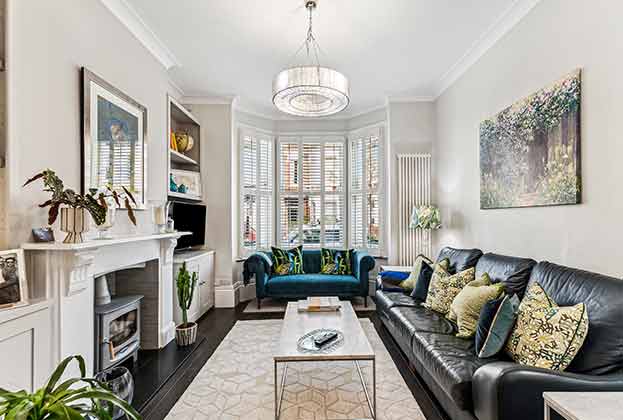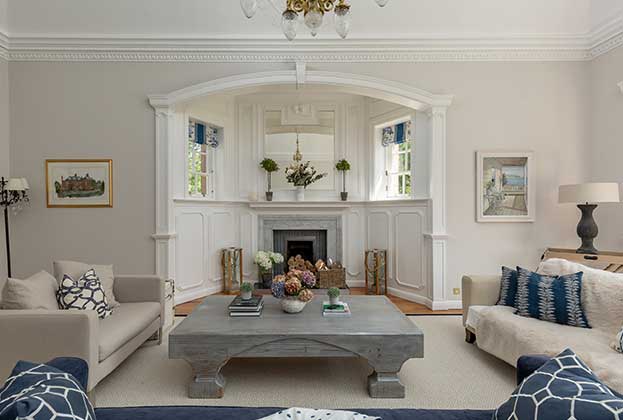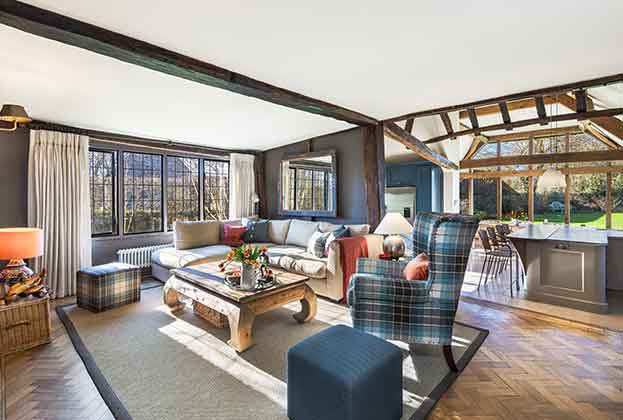What contributes to the value of residential property? The list is endless and most elements, unfortunately, are extremely difficult to quantify and isolate. For example, proximity to green space and schools, ceiling heights and natural light all contribute in various ways.
However, two quantifiable key attributes have a profound impact on what people are prepared to pay for their housing in London. They are proximity to central London employment hubs and quality of place. In a nutshell, areas with shorter travel times to well paid jobs and vibrant, well-served communities command higher house prices.
Connectivity and quality of place
Improving travel times is clearly difficult and mostly out of developers’ hands. However, improving the quality of place is very much within the control of those bringing forward development sites, and particularly those delivering large regeneration schemes where there is potential for significant transformation.
But the potential for uplift isn’t the same across London. Locations closer to central London have higher potential values than those with longer travel times. And there is a clear step change for locations within half an hour.
For instance, as the graph below shows, median values between 20-30 minutes of central London go from £765 per square foot in a location with a ‘poor’ quality of place to £1,177 per square foot, an increase of 54%, where the quality of place is ‘good’*. The same change in quality of place for locations between 50-60 minutes of London is just 16%, from £499 per square foot to £578 per square foot.

.jpg)




.jpg)
.jpg)
.jpg)
.jpg)
.jpg)
.jpg)